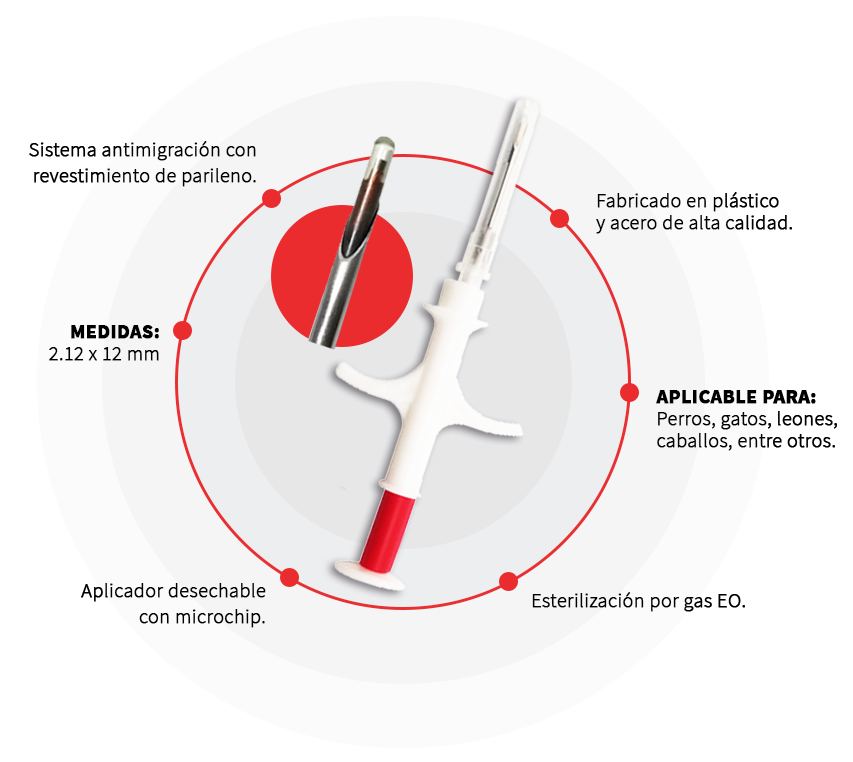In the ever-evolving world of wildlife conservation and animal management, the introduction of ZooChip has been a game changer. This innovative technology not only enhances the care of animals in zoos but also plays a crucial role in wildlife preservation. As we delve deeper into the functionalities and benefits of ZooChip, we uncover a system that is revolutionizing how we interact with and protect our animal friends.
ZooChip is designed to provide a seamless way to track and monitor animals, ensuring their well-being and safety. With its advanced tracking capabilities, ZooChip allows zookeepers and wildlife experts to gather valuable data about animal behaviors, health, and habitat usage. This information is vital for making informed decisions that affect the welfare of the animals in our care and helps in the successful conservation of endangered species.
As we explore the multifaceted benefits that ZooChip brings to animal care, we will also address some common questions that arise around its use. From understanding how it works to the impact it has on animal welfare, this article aims to provide a comprehensive overview of ZooChip and its significance in the field of wildlife management.
Read also:Glow Fish In Finding Nemo The Fascinating Underwater World
What is ZooChip?
ZooChip is an advanced animal tracking and monitoring system that utilizes microchip technology to provide real-time data on animal locations, behaviors, and health metrics. The microchips are implanted in the animals, allowing zookeepers and conservationists to monitor their movements and well-being continuously. This technology serves as an invaluable tool for enhancing animal care and contributing to conservation efforts.
How Does ZooChip Work?
The functioning of ZooChip revolves around the use of small microchips that are embedded in the animals' bodies. These chips emit signals that can be tracked using specialized equipment. Here’s how the system works:
- Microchip implantation: A small chip is inserted under the animal's skin.
- Data transmission: The chip transmits data such as location and health metrics.
- Monitoring: Zookeepers can access this data in real-time to monitor the animal's condition and behavior.
What Are the Benefits of Using ZooChip?
ZooChip offers a myriad of benefits to both animals and conservation efforts, including:
- Enhanced Animal Care: Continuous monitoring helps identify health issues early.
- Behavioral Insights: Understanding animal behavior patterns aids in improving habitats.
- Conservation Efforts: Data collected can guide efforts to protect endangered species.
- Efficient Resource Management: Streamlines care processes for zookeepers.
Who Benefits from ZooChip Technology?
ZooChip technology benefits a wide array of stakeholders, including:
- Zookeepers and Animal Caretakers
- Wildlife Conservationists
- Researchers and Scientists
- The General Public and Animal Lovers
What Challenges Does ZooChip Face?
Despite the numerous benefits, ZooChip technology also encounters certain challenges:
- Cost of Implementation: The initial investment for ZooChip systems can be high.
- Animal Acceptance: Some animals may resist the implantation process.
- Data Privacy: Ensuring the security of sensitive data is paramount.
How Does ZooChip Contribute to Conservation?
ZooChip plays a vital role in conservation by providing crucial data that helps in:
Read also:Delicious Patacones Colombianos A Cultural Culinary Gem
- Tracking endangered species in the wild.
- Understanding migration patterns and habitat needs.
- Implementing effective breeding programs.
What Does the Future Hold for ZooChip?
The future of ZooChip looks promising as technology continues to advance. Innovations such as enhanced tracking capabilities, integration with AI data analysis, and improved chip designs are on the horizon. This means we can expect even more effective monitoring systems that will further enhance animal welfare and conservation efforts.
Can ZooChip Be Used in Other Applications?
Absolutely! While ZooChip is primarily focused on wildlife and zoo animals, the technology has potential applications in:
- Domestic pets for tracking and health monitoring.
- Livestock management to ensure animal health and safety.
- Wildlife rehabilitation programs to monitor released animals.
Conclusion: Is ZooChip the Future of Animal Care?
In conclusion, ZooChip represents a significant advancement in the field of animal care and conservation. By providing real-time data on animal health and behavior, this technology not only enhances the quality of life for animals in zoos but also plays a crucial role in the preservation of endangered species. As we continue to innovate and improve, ZooChip is poised to become an integral part of wildlife management strategies worldwide.


